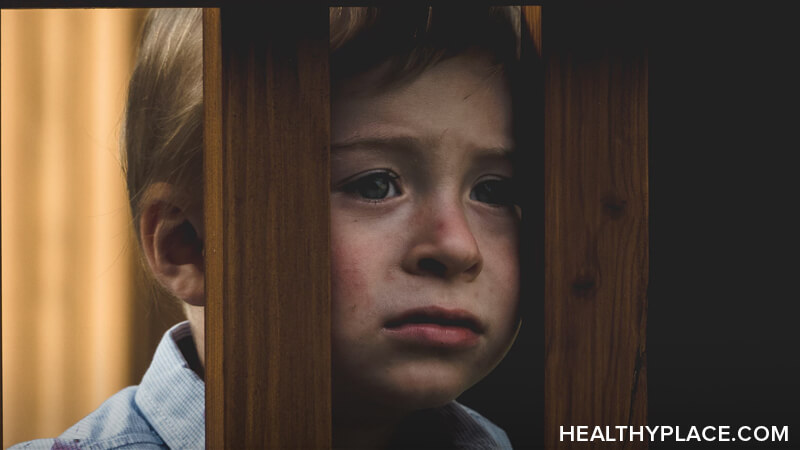DMDD vs Bipolar Disorder: What’s the Difference?

Disruptive mood dysregulation disorder (DMDD) and bipolar disorder can present in very similar ways in children. In fact, DMDD was added to the DSM-5, in part, to deal with the over-diagnosis and overtreatment of bipolar disorder in children.
Over the past 20 years, there has been a significant rise in the number of bipolar diagnoses given to children. Some of these children, in fact, were later discovered to be misdiagnosed and did not have bipolar disorder at all. Several studies on the frequency in which bipolar disorder is misdiagnosed in children have been completed.
One study showed that out 100 children originally diagnosed with bipolar disorder, only one-third actually met the full criteria for this mental illness.
DMDD vs. Bipolar Disorder
DMDD and bipolar disorder are independent diagnoses and cannot be diagnosed together in a child. Further, if a child experiences a manic or hypomanic episode, they should not be diagnosed with DMDD at all, and instead, further assessment of bipolar disorder should be done.
DMDD is considered a depressive disorder and is characterized by severe and recurrent temper outbursts. These outbursts may be verbal or physical and are out of proportion to the situation. Other diagnostic criteria for DMDD includes:
- The temper outbursts occur three or more times per week.
- The mood experienced in between the outbursts is persistently irritable and/or angry (for most of the day, nearly every day).
- The temper outbursts are inconsistent with the child’s developmental level.
A DMDD diagnosis is never given before the age of 6 or after the age of 18 years old, so adults cannot be diagnosed with DMDD.
Bipolar disorder, which is classified as a mood disorder, typically involves cycling between periods of elevated mood (mania) and periods of significantly lower mood (depression). Bipolar disorder is considered an episodic illness and can be diagnosed at any age. With bipolar disorder, there are diagnostic criteria for both the manic and depressive episodes.
Depressive episodes
A child must experience at least five of the following symptoms over the same two-week period to be considered for a bipolar diagnosis.
- Depressed mood most of the day, nearly everyday (per child’s report)
- Decreased interest in previously enjoyed activities
- Insomnia or hypersomnia (difficulty sleeping or sleeping excessively)
- Psychomotor agitation (trouble sitting still, pacing, etc.)
- Fatigue and/or loss of energy
- Feelings of worthlessness and/or persistent guilt
- Difficulty concentrating
- Ongoing thoughts of death (without a plan or previous suicide attempt)
Manic episodes
A child must experience at least three of the following symptoms of mania within the same one-week period to be considered for a bipolar diagnosis.
- An inflated or exaggerated sense of self-esteem
- Racing thoughts and/or speech (skipping from one idea to the next)
- Elevated rate and volume of speech
- Starting more projects or activities (excessive planning/pursuing of goals)
- Diminished need for sleep
Complicating the distinction of DMDD vs. bipolar disorder is the two types of bipolar disorder – bipolar I and bipolar II. The differentiation is in the experience of mania or hypomania.
- Full mania is a period of elevated mood (often described as euphoric); typically lasts a week and includes increased energy (and sometimes irritability); can have a significant impact on one’s ability to function.
- Hypomania is a less intense version of a full manic episode. Those experiencing hypomania tend to have a somewhat elevated mood and/or increased irritability; hypomania is far less debilitating than full mania.
The differences, when it comes to DMDD vs. bipolar disorder, are slight. Yet, making the distinction, and thus, accurate diagnosis, is vital, as the course of treatment for disruptive mood dysregulation disorder and bipolar disorder look very different.
APA Reference
Jarrold, J.
(2018, July 22). DMDD vs Bipolar Disorder: What’s the Difference?, HealthyPlace. Retrieved
on 2026, January 14 from https://www.healthyplace.com/parenting/dmdd/dmdd-vs-bipolar-disorder-whats-the-difference



